Total War: Warhammer 2's DLC shows just how much it's grown and adapted
Each expansion is part of a larger project to redraft every faction in the game.
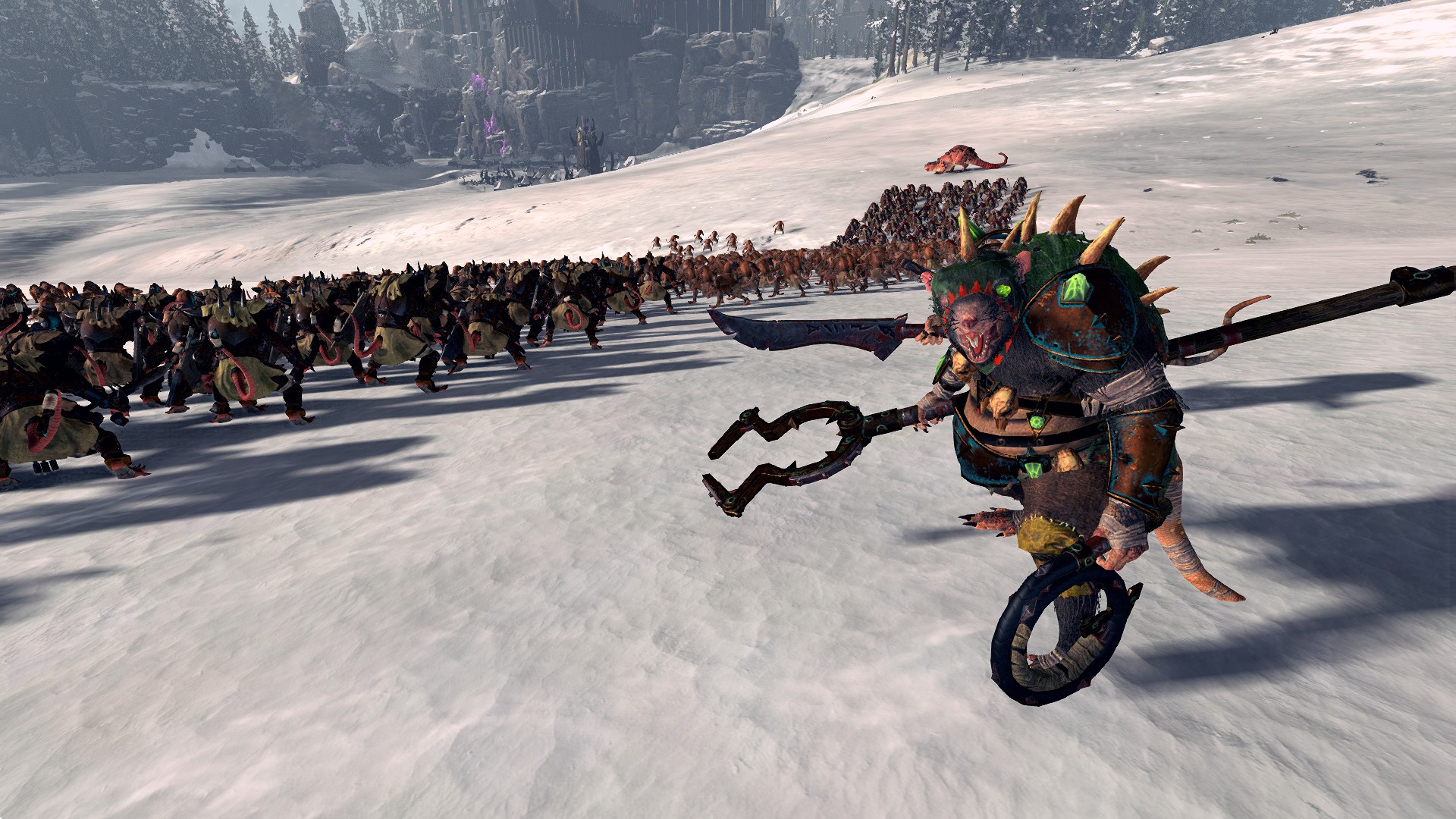
These days I'm playing Throt the Unclean, who is lord of Clan Moulder, the subset of the skaven empire added by The Twisted & the Twilight DLC. Clan Moulder is all about monsters and mutation, with a new menu for a Flesh Laboratory where I spend mutagen to buy abilities for my units, like giving rat ogres cellular instability to make them explode. (They get better.)
Clan Moulder is the Twisted half of The Twisted & the Twilight, and it shows. Each mutation comes with a risk—those rat ogres might mutate too much and gain some weaknesses as well as benefits. But if that happens I can recycle them, tossing them back in the vat in return for a currency called "growth juice" that goes toward creating new troops, who I can then mutate in turn.
Trying out a new subfaction in Total War: Warhammer 2 is a learning experience.
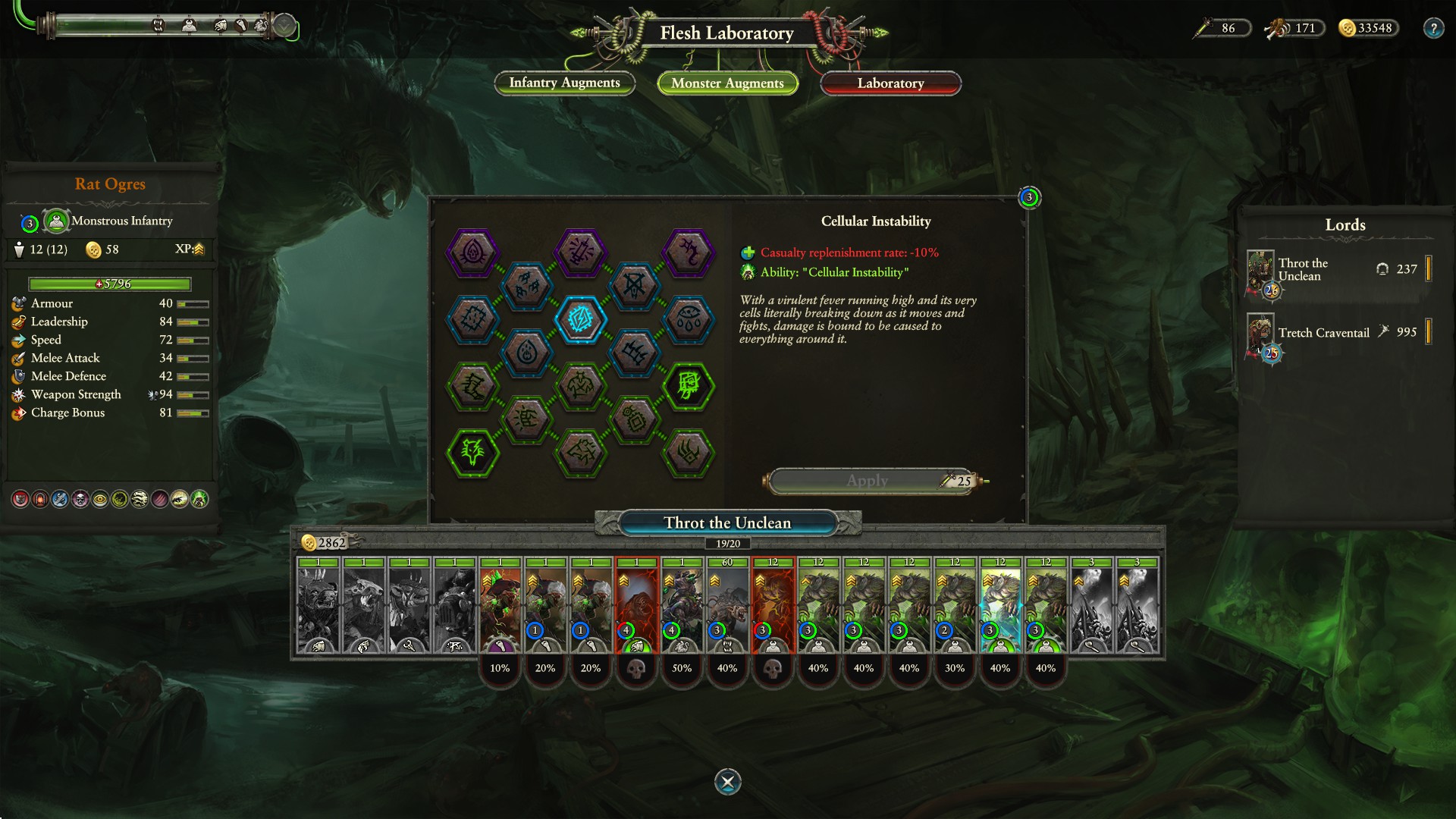
These currencies, mutagens and growth juice, stack on top of the ones skaven already have to worry about. Food is a constant concern for the ratfolk, and so are rising levels of corruption the longer they dwell in a province. Where the undead and the Warriors of Chaos spread corruption that helps them and hinders their enemies, skaven corruption hurts the skaven as well as their neighbours. It evokes a theme of the faction, encouraging restless consumption. You devour the resources of an area then move on, leaving ruin in your wake. Every settlement is a sinking ship, and you are very much the rats.
While the factions the original Total War: Warhammer launched with felt meaningfully different from each other, the idea of personalizing them this much, and especially of doing so by adding bespoke currencies, goes back to the first game's Realm of the Wood Elves DLC. The elves were given a unique amber resource to spend on high-tier units, buildings, and research. It led to similar mechanics in the sequel, giving us colorful additions like orcs collecting scrap for patchwork improvements to their armor and weapons, vampire pirates earning infamy to impress legendary captains who each had a fragment of a magical sea shanty, and mummies harvesting the organs of their enemies into canopic jars.
Not all of those additions came as DLC. Some were patches for Warhammer 2 that reworked factions imported from the first game, called Old World Updates. While The Twisted & the Twilight gave wood elves a new lord choice—a pair of eagle-riding sisters who upgrade to dragon-riding over the course of a campaign—a redesign of the entire faction happened simultaneously.
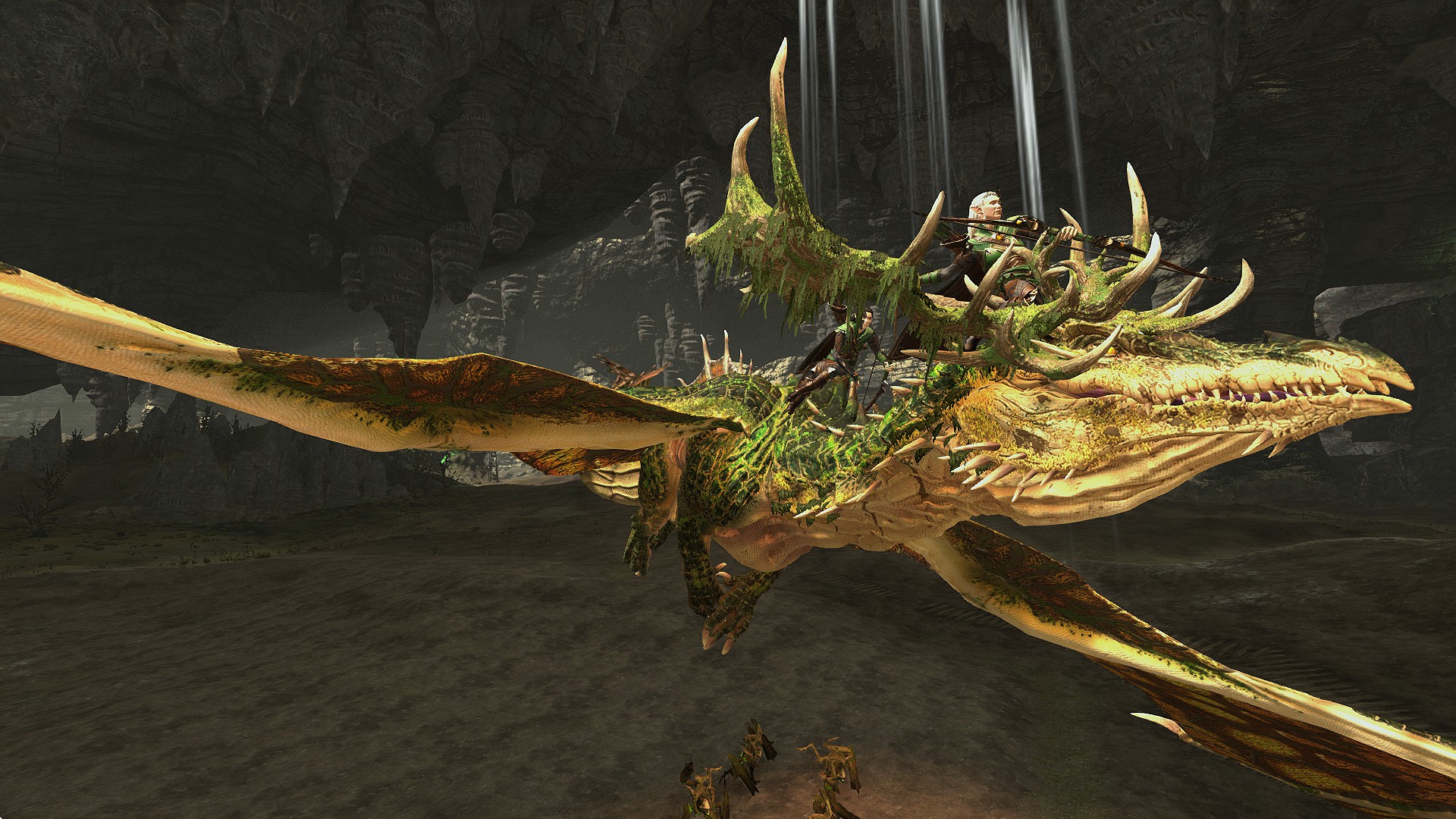
Before, the wood elves needed as much amber as they could get for access to all the neat units, and one way to earn it was by taking outposts all over the world. They'd spread beyond their forest home to conquer like everyone else, when in the setting they're isolationist. The rework tweaked their economy, de-emphasizing amber so that it's only necessary for researching ancient knowledges like Wisdom of the Yew and Wisdom of the Oak (sadly there is no Wisdom of the Larch), while adding systems to encourage playing as protectors of forests.
The biggest gaming news, reviews and hardware deals
Keep up to date with the most important stories and the best deals, as picked by the PC Gamer team.
Each magical forest gained a health stat, affected by the hostility of provinces in the heathland around it. While you can conquer the heathland if you like, it's enough to either drive out its inhabitants, razing their settlements and returning them to wilderness, or find a diplomatic solution. If the heathland is held by an ally, that's good too. You're rewarded for manipulating humans into protecting your borders while murdering any who trespass in your home, which is exactly how Warhammer's wood elves behave.
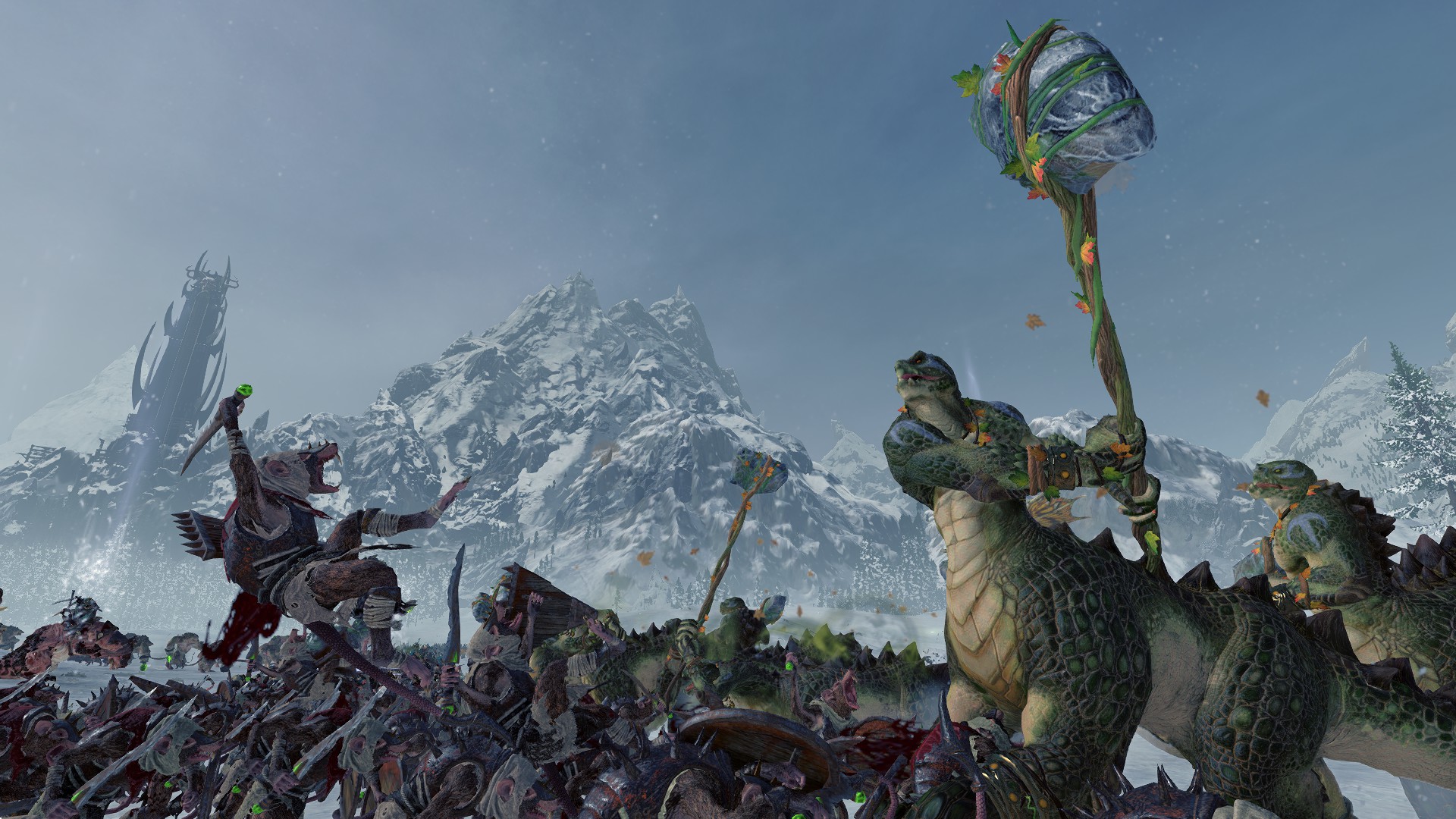
Because staring at the same trees for 100 turns might be boring, the wood elves also gained an ability that lets them teleport from one magical forest to another, and a campaign objective to heal all of them in turn. Instead of conquering the world you bounce across it through deeproots, driving out invaders and restoring the ancient forests one by one. It fits the wood elf philosophy, while letting you interact with more of the varied inhabitants of the Warhammer world Creative Assembly have been bringing to life.
Reworking has been an ongoing project, with effects especially noticeable in the Mortal Empires campaign you play by combining the two games. It's seen the Empire gain a fealty system to encourage confederating provinces, and the vampires a set of blood kisses for inducting lords into their bloodline. Meanwhile the Chaos invasion has been powered-up to return its threatening nature, while also becoming a toggleable option at the start of a new campaign if you don't want to bother with it.
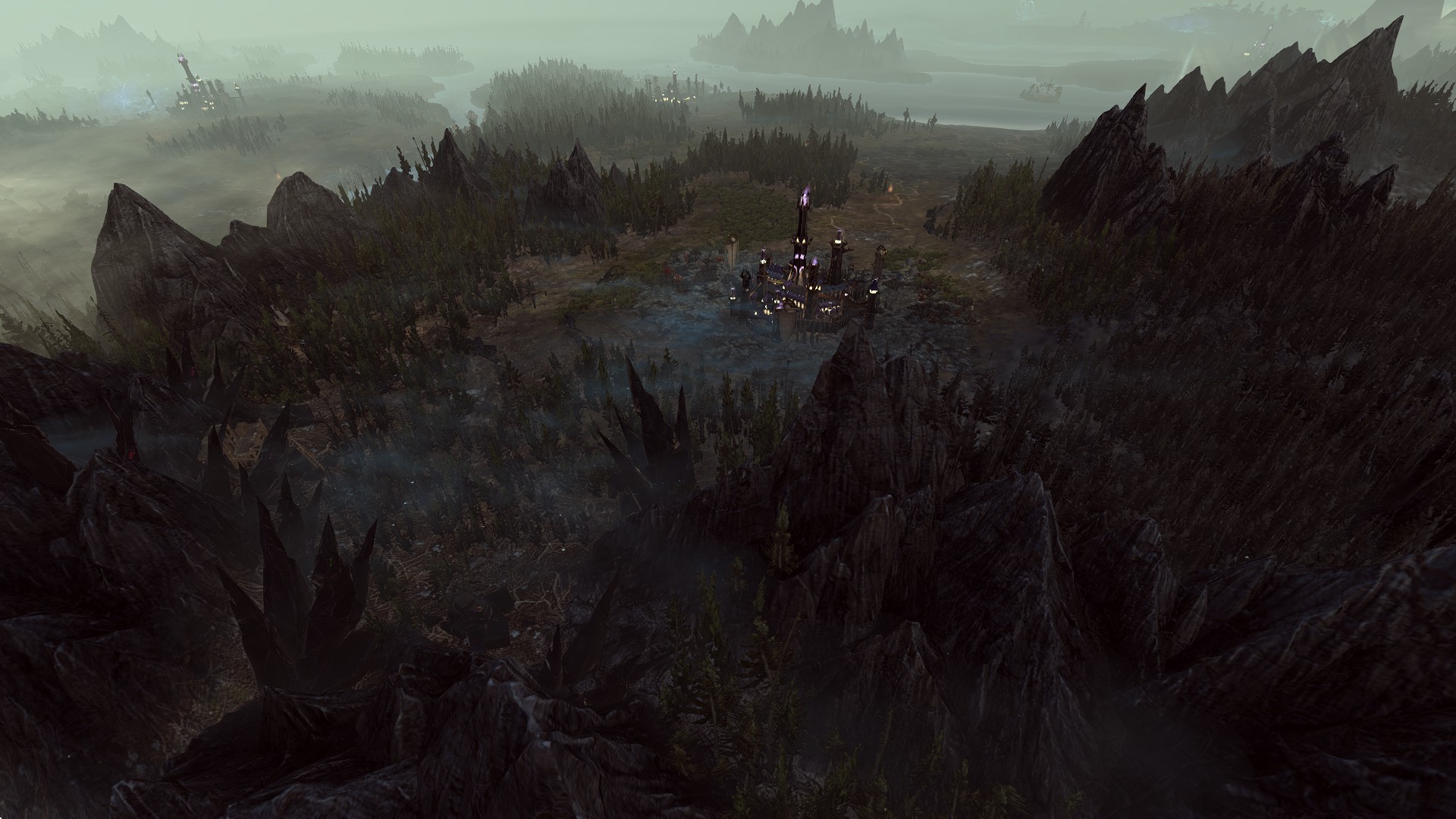
Many of the changes are the result of feedback, and Creative Assembly has been deft at responding to it even when complaints are voiced in the kind of hyperbolic forum voice anyone but a professional community manager would tune out. Creative Assembly committed to fixing some problems with the Forge of Daith system added in The Twisted & the Twilight and improving the quality of unit card art, which was criticized for not meeting the high standards of earlier artwork. Demands for a rework of the poor old Beastmen were finally met in an update alongside The Silence and the Fury.
The wait for Warhammer 3 has been made easier by how much work has gone into Warhammer 2, making it worth returning to multiple times—I still haven't finished my Grom the Paunch campaign, playing an obese goblin lord with a bespoke questline about learning recipes and collecting rare ingredients to cook them.
It's been delightful to see the care and attention put into Total War: Warhammer 2 over the last few years, even bringing back obscure bits of lore like the woodland centaur-things called zoats. The continued support has paid off, with Total War: Warhammer 2 remaining in the top 20 most-played Steam games by current player count. Much as I'm looking forward to Total War: Warhammer 3, and have my fingers crossed it borrows some ideas from the diplomacy system in Three Kingdoms, I'm content to wait because in the meantime the best Warhammer game has been mutating away, stewing in growth juice and becoming even better as time goes on.

Jody's first computer was a Commodore 64, so he remembers having to use a code wheel to play Pool of Radiance. A former music journalist who interviewed everyone from Giorgio Moroder to Trent Reznor, Jody also co-hosted Australia's first radio show about videogames, Zed Games. He's written for Rock Paper Shotgun, The Big Issue, GamesRadar, Zam, Glixel, Five Out of Ten Magazine, and Playboy.com, whose cheques with the bunny logo made for fun conversations at the bank. Jody's first article for PC Gamer was about the audio of Alien Isolation, published in 2015, and since then he's written about why Silent Hill belongs on PC, why Recettear: An Item Shop's Tale is the best fantasy shopkeeper tycoon game, and how weird Lost Ark can get. Jody edited PC Gamer Indie from 2017 to 2018, and he eventually lived up to his promise to play every Warhammer videogame.

